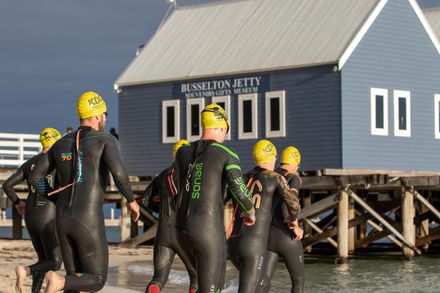Words: Wadandi Pibulman writer Sharnae Watson.
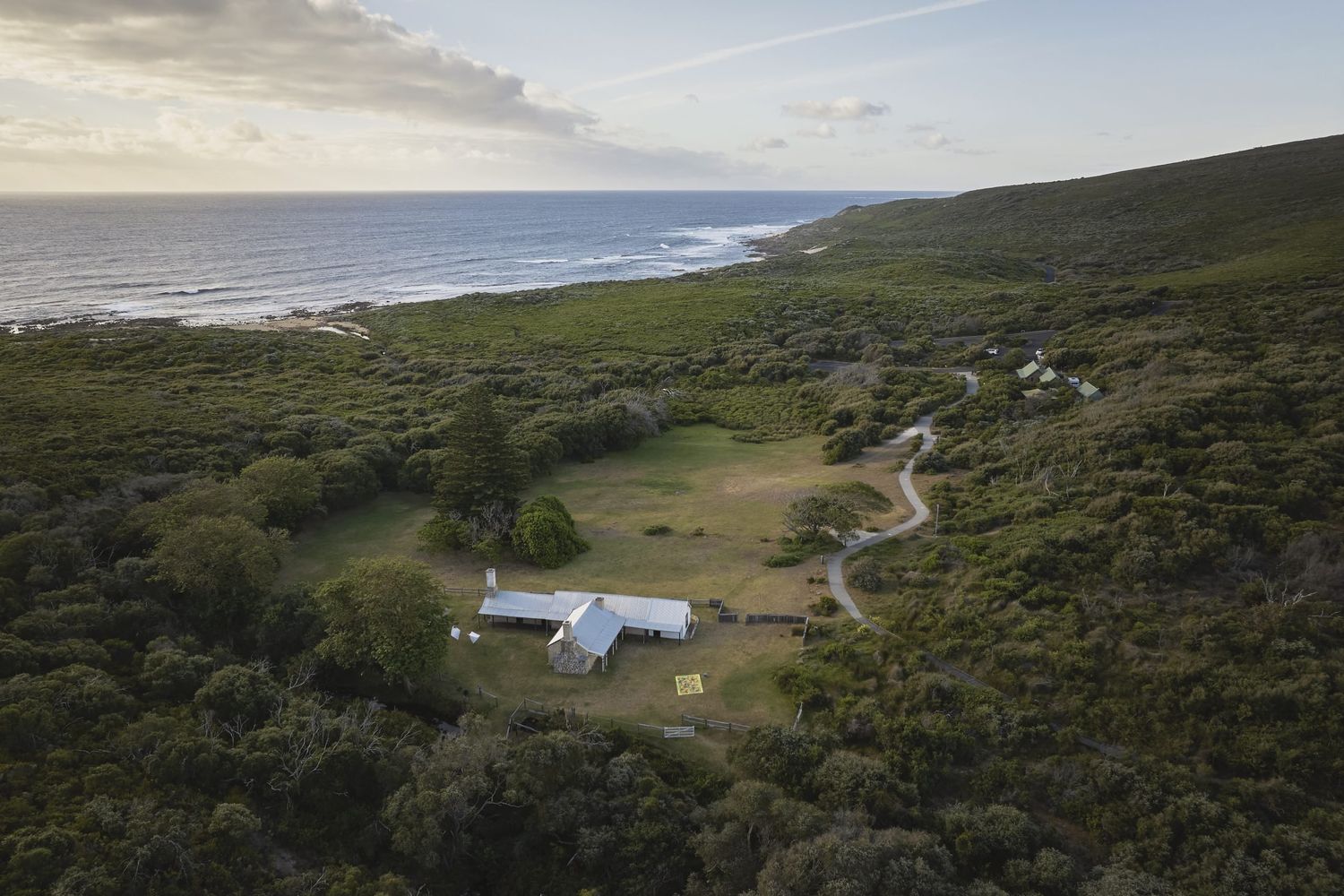
Ellensbrook on Mokidup: a sacred site
Down a winding road in Mokidup on Wadandi Boodja stands what has been called since 1857, Ellensbrook Homestead.
For thousands of years, the Wadandi people used Mokidup as a summer camping ground, using the spring-fed brook and the soak as a source of water. This later became relied upon by Ellen and Alfred Bussell for their domestic use and for their gardens and cattle farming. In 1857 Alfred and Ellen Bussell decided that because of the fresh water and fertile soils, this would be the perfect location for their home and ideal for farming beef and dairy cattle. With the help of the local Wadandi people and the Bussell servants, the Ellensbrook Homestead was built.
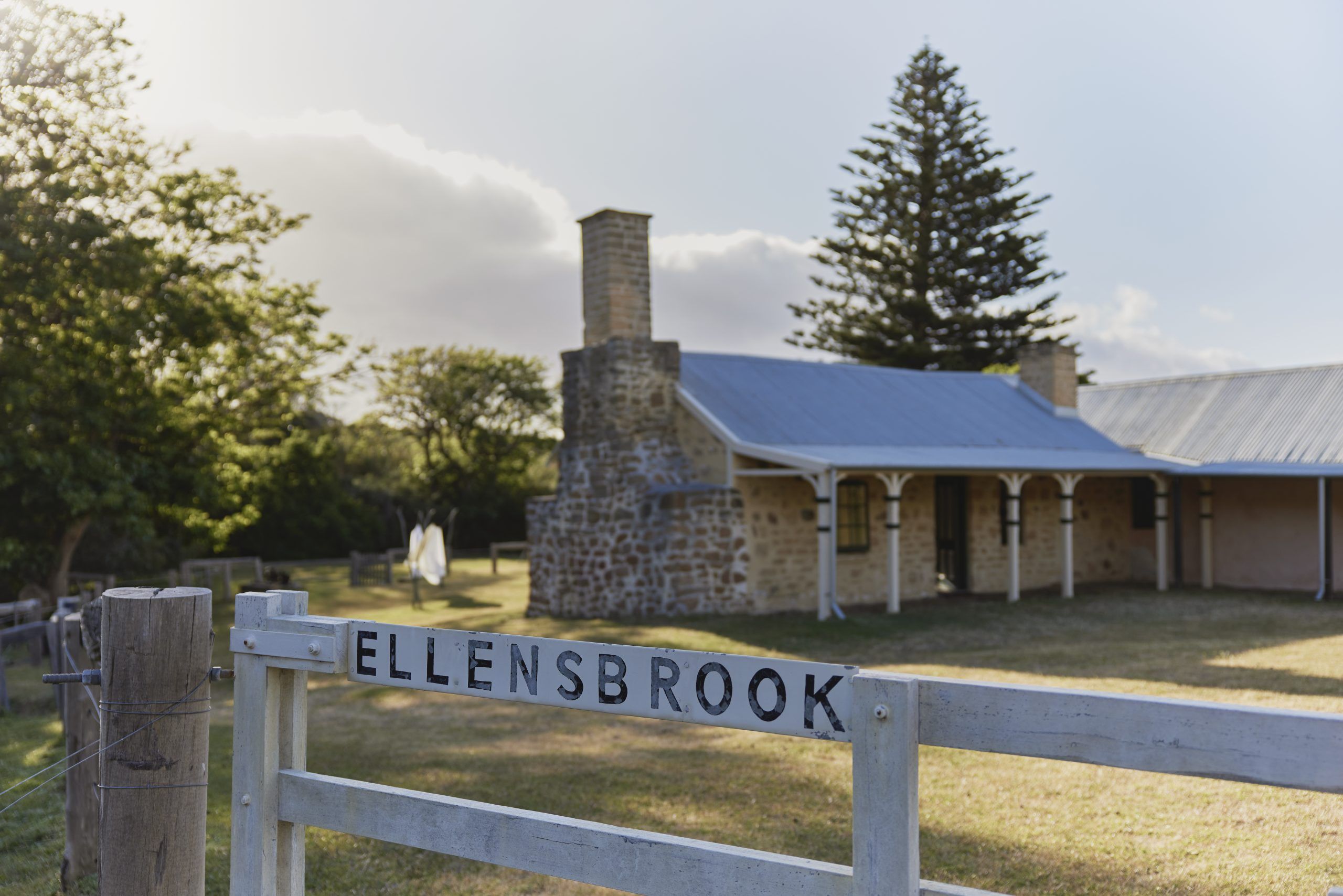
Ellen’s daughters Edith and Franny Bussell lived and managed the farm from 1898 to 1917 and in 1899 Edith Bussell opened her ‘Ellenbrook Farm Home’ for Aboriginal children, which ran for 17 years. Working for the Bussells were Wadandi people Samuel Yebble Isaacs, Ngilgi, Nannup, Janie Lowe, David Nannup, Edican, Lizzie Fisher, Jimmie (Jemmy), Ralph and George Long. Samuel Yebble Isaacs has great ties to the history of this area, living at Ellensbrook through his teens into young adulthood when he then moved to Wall Cliff House and worked as a stockman.
While Samuel was working as a stockman in December 1876, he discovered the SS Georgette (Steam Ship). Along with Grace Bussell’s help, they were able to save people who were aboard the sinking ship, and for this, Samuel received 100 hectares of land and received a bronze medallion for bravery from The Royal Humane Society. In more recent times, there has been a change to acknowledge his ties to the area such as Isaacs Road, and Yebble Road, and since 2021 the locality Yebble is named after him, which is spread near the hectares that he was awarded.
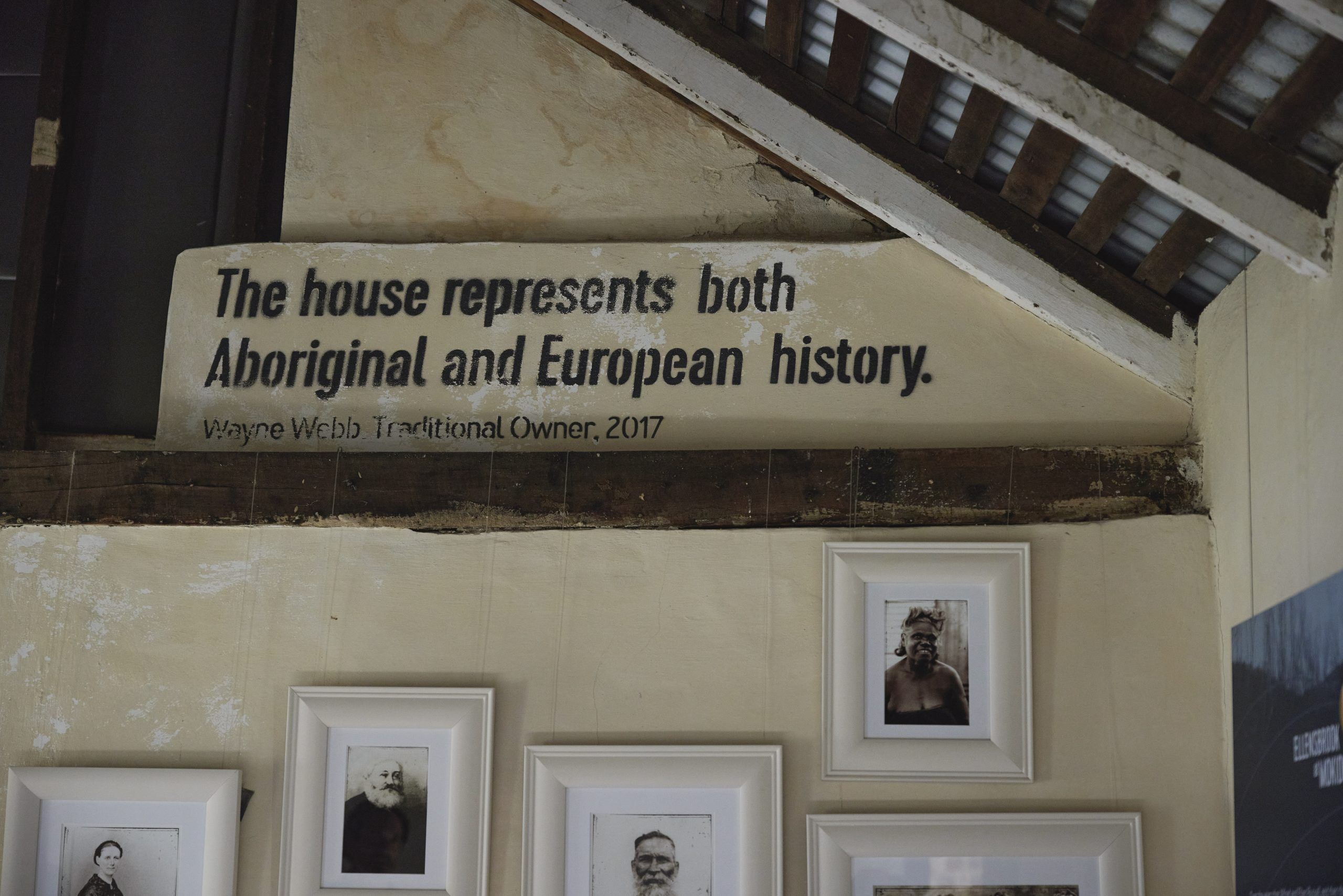
The area surrounding Ellensbrook homestead has archaeology dating back 12 thousand years to 17 thousand years, sharing so much throughout both Aboriginal and European history over this period. We (Wadandi Peoples) have been told through the generations many stories of significance to Wadandi history. For example, the story of Waljin and her love for flowers and singing, which led to the battle between Wolghine the Ocean Spirit who was jealous and wanted to keep Waljin in his sea cave, and Lilgi the Land Spirit, who flew Waljin across the sky saving her from Wolghine creating a rainbow. It is said that you can see the footprints left by the spirits during the battle in the reef in front of the Ellensbrook Homestead just south of Wolghine’s cave. As well as the history of Meekadariby, the story of Gnoocarnban and Ngorble.
Gnoocarnban and Ngorble fell in love but they were not promised to be married through lore and the skin group system. Gnoocarnban feared the old man she was promised to, she said he had “Meel Karla Djedal” – eyes of fire coals. So, her and her love Ngorble ran away from the tribe, they ran up past the spring where they would hide away in a cave only coming out when the moon was full to hunt for their yongar (kangaroo) and collect meren (fruits and vegetables).
One day a clever old man came across the cave, and when he returned, he told all the tribe that they were hiding there. That night when Ngorble went out hunting, the clever old man speared him through the koort (heart) ending Ngorble’s life.
The demma gnarnka (grandmothers) all dragged Gnoocarnban from the cave back to where the homestead now stands, where they began to prepare her for her marriage to the one she was promised to – the man with eyes of fire coals. The preparation for her marriage took many days, the old women worked Gnoocarnban so hard that one day she did not rise, and they say that her janga wiern (spirt dead) resides within the cave that her and the one she loved hid: “Where the Moon Bathes”, Meekadariby. It is said that around the cave, on nights of the full moon, you can hear her cry.
Remember to respect and care for Boodja (Country) and in return Country will care for you
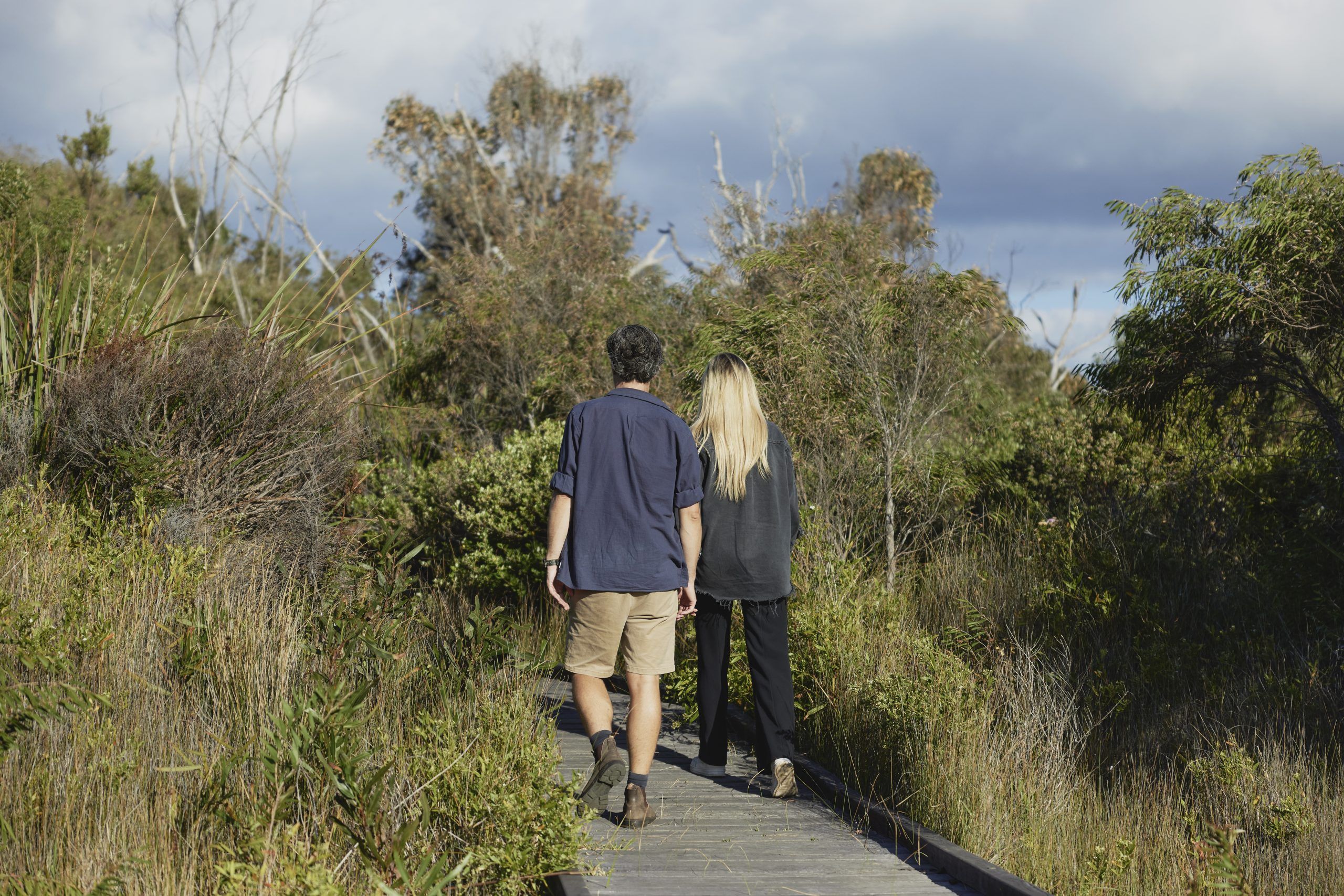
Ellensbrook Homestead was donated to the National Trust in 1979 and in 1984 the trust began a six-year program to restore the site and convert it into a museum. It was also added to the state’s register of heritage places in 2012 and in 2016 a Lotterywest grant allowed the homestead to have more restorations and the property was re-opened in February 2019.
The history is strong in Mokidup and at Ellensbrook Homestead, with the stories being passed down throughout generations. Not only are people now able to visit the homestead where they can find lots of its rich history shared throughout the building, but the local Wadandi people still utilise it and its surrounding area to educate younger generations of the great history of both Aboriginal and Europeans that walked on the Boodja of Mokidup.
Ellensbrook at Mokidup Homestead is open Thursday to Saturday from 10am-4pm. On Sundays and public holidays, there are tours at 10.30am. Grounds are open daily, and there’s a beautiful Meekadariby walk through the Leeuwin-Naturaliste National Park.
